We want to make Hawaii travel easier for everyone, both visitors and residents. Here’s a complete list of 34 things not to do on your Hawaii vacation. Some will surprise you.
- Disturbing turtles and monk seals. While volunteers try to rope areas around turtles and monk seals resting on the beach, we all need to keep our distance. Even when ropes are not there, you must stay at least 50 feet away from a monk seal and 10 feet from a turtle. See NOAA recommendations for viewing marine wildlife in Hawaii.
- Taking rocks, coral, or sand. State law prohibits taking coral and sand from Hawaii beaches. It is also against Hawaiian cultural beliefs. Also, removing lava rock is considered offensive, as it’s associated with the Goddess Pele. It goes without saying not to ever take a stone from a heiau (Hawaiian temple). Rock piling is considered a misguided practice and offensive to Native Hawaiians.
- Limiting yourself to only the beach. There is much more to Hawaii than the beach, as beautiful as they may be. Pearl Harbor and places steeped in culture like Iolani Palace are great places to start on Oahu. The same is true on every island.
- Sticking to mainstream food options. Hawaii has local foods and Pacific Rim Cuisine that is unique. Stop at Farmer’s Markets to find things you may never have seen before. Enjoy locally-owned restaurants with Hawaii-style food, including the ever-growing number of food trucks. And for sure, don’t miss trying unique poke, shave ice, and malasadas. Luaus? That’s all in the eyes of the beholder.
- Getting a severe sunburn. The Hawaii sun is stronger than you think. You can even get a sunburn on a cloudy day. Hawaii state law requires that you use reef-safe sunscreen.
- Tipping cheap. Please be generous with our overworked hospitality employees, many of whom still work up to three jobs to make a living wage here.
- Wearing shoes in someone’s home. Take your shoes off at the door and relax. Be sure to hose off the sand on your feet before entering or have socks on hand. In your hotel or vacation rental, things may be different.
- Planning more in your day than the slower speed of the islands permits. Use Google Maps to see how long driving between points A and B will take before you leave. It’s likely going to be much longer than you think. Pack some patience with you between our slower roads and the traffic volume.
- Getting your car broken into. That happens most often by leaving things within view and is a serious issue. Before you go out, move stuff to your trunk.
- Driving fast, making U-turns, or honking your horn.
- Jaywalking. Go to the crosswalk instead because drivers are not expecting you to cross in the middle of the road.
- Disregarding dangers in the ocean. For starters, don’t swim or snorkel alone and where there is no lifeguard present. The ocean is stronger than you think. When in doubt, don’t go out.
- Not planning or doing any research. It’s half the fun anyway; without it, who knows where you’ll end up.
- Spending too much. We always offer tips and tricks on visiting Hawaii and not wasting money.
- Not checking and re-checking your itinerary. In today’s world, be sure that your flights are still operating and that schedules haven’t changed. Maybe this hasn’t happened to you, but it has to your BOH editors. We’ve shown up for car rentals and hotels on the wrong day. We’ve also booked flights for the wrong day. Please don’t make our mistakes!
- Packing guidebooks. Skip the blue guidebooks. Use your smartphone or tablet instead. Check your local library, too, for free Hawaii travel guide downloads. Our personal favorite Hawaii guidebook series, Hawaii Revealed, is available as an app or eBook and is found at many libraries.
- Overpacking when casual clothes, swimsuits, and a rain jacket are the most important things to bring. Plus, you can always shop here for island wear. And many places have self-service laundry.
- Forgetting what’s needed for your electronics; phone, camera, laptop. A photographer called asking if we could find an obscure plug for their camera. No, that didn’t work out, and it took too long to get one here from the mainland.
- Over-trusting travel reviews. We just talked about that this week regarding trusting Hawaii tours. We can’t seem to live without reviews, and yet they are infested with fraud. All of them. Businesses’ success or failure can be partly based on reviews; many of those you’ll find are not objective.
- Looking only for “budget” hotels. Better yet, check for better prices in the off-season. And sometimes a better hotel is just dollars more than 2-star junk.
- Purchasing through a third party. We book directly with airlines, hotels, and vacation rental owners/managers and skip the middleman for multiple reasons. That can include avoiding fees, having a direct relationship with the provider, and better recourse should it be needed.
- Not rechecking prices on cars, air, and hotel. Check to be sure prices haven’t changed from the time of booking to the time of travel. You may get a better rate. It takes a little time but can be well worth it. For example, we have sometimes saved 50% by re-booking our car rental the day before travel.
- Reserving hotels without cancellation ability more than 90 days in advance during the non-peak seasons. The best prices on Hawaii hotels are almost always within the three months before departure except at peak travel times during holidays and summer. Deals can get even better in the final 30 days. At 90 days, hotels review their pricing model in relation to the number of firm bookings. At that point, they’ll make modifications or use distribution tools (online travel agencies) to help dispose of excess inventory.
- Not checking all contract terms and conditions and fees, and carefully evaluating your rental car for damage. When you enter into a contract, be it for airline tickets, car rentals, hotels, or any travel component, you need to read and understand the terms before paying. That includes cancellation policies, as those are continuing to change.
- Not understanding ancillary fees. To avoid sticker shock, ensure you’ve factored in checked baggage charges, resort fees, parking, taxes, etc.
- Driving off the car rental lot without thoroughly noting any damage you see. Don’t forget to do this even if you’re tired from your flight. Have everyone help. PS: check the gas, too – we’ve left with an empty tank without noticing.
- Island hopping on a short vacation. It takes a minimum of 4 hours to change islands. A Hawaii cruise might be a better fit if you are new to Hawaii and/or want to see most of the islands. Another way is to stay on Maui, for example, and visit two islands with a quick and fun ferry ride to Lanai.
- Overscheduling your trip with too many things and activities. It’s Hawaii, after all. We’ve been with visitors who are going right from one activity to another without time to relax, enjoy, and appreciate.
- Thinking a rental car is needed for the entire trip on Oahu. Also, check in-town rentals rather than from the airport.
- Not planning which island best meets your vacation needs. Each Hawaiian island is different. Coming to Kauai expecting nightlife that doesn’t exist or staying in Waikiki expecting a quiet rural atmosphere.
- Coming during peak travel times when you have other options. Off-season will give you better deals and less crowded beaches.
- Not renting a car on neighbor islands. Otherwise, you’ll be stuck using a bus which will save money but greatly eat away at your time.
- Trespassing on private property like Haiku Stairs or ignoring warning signs. Be careful here. Not respecting private property can land you in big trouble on your Hawaii vacation.
- Talking pidgin English, that is unless you were raised here. Hawaii Creole is spoken by those who grew up in Hawaii and can be heard widely in neighborhood conversation.
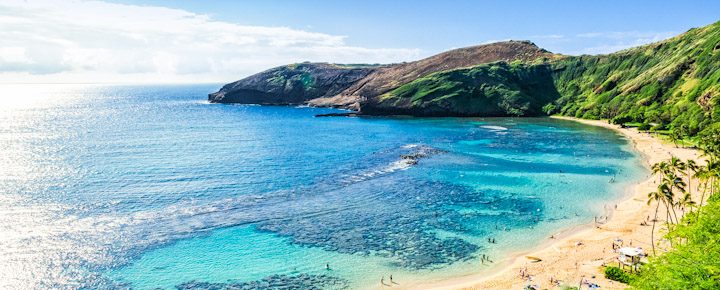
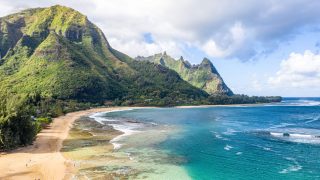
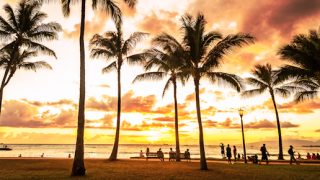
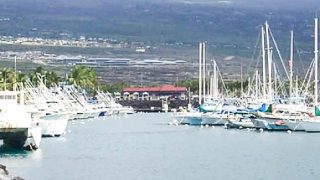
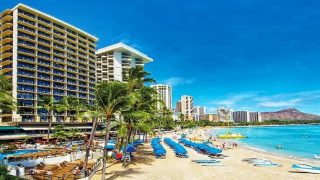
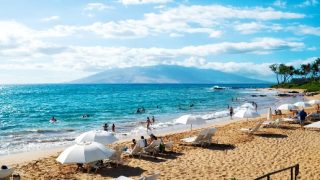
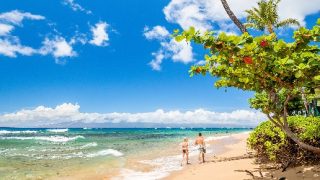
As someone who has dedicated his career to responsible marine wildlife viewing in Hawaii, I really appreciate your first tip and including the link to NOAA Fisheries’ marine wildlife viewing guidelines. Don’t forget that dolphins and whales can also be disturbed! NOAA recommends keeping 50 yards (150 feet) from dolphins and small whales, and 100 yards (300 feet) from large whales, and avoid swimming with them at all times. In addition, it is actually illegal to swim with, approach, or remain within 50 yards of a Hawaiian spinner dolphin and approach within 100 yards of a humpback whale to minimize disturbance and harassment. Mahalo!
Just wanted to thank all you who sent names of places to eat.while we have been to some of them many are new we will try them out.
On Maui The Gazebo on Napili bay for breakfast. It’s worth the wait,go early. Mai Tais in Whalers Village at Monkeypod. Mama’s fish house in Paia. Call now to see if they even have an available reservation.Cinnamon roll place in Kihei, Old Lahaina luau, call now for reservation.Swan Court buffet in Kaanipalli.Gas station malasadas in Lahaina.